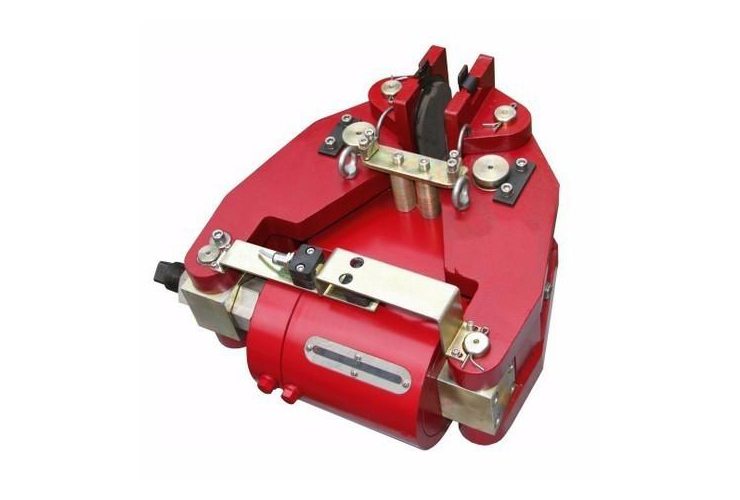In crane operations, these industrial brakes are indispensable, imparting efficiency and dependability to material handling. Heavy loads, quick starts and stops and harsh environmental conditions require crane brakes to be reliable. Industrial brakes are classified, and their working principles and applications are described in the following sections, mainly for crane applications.
Types of Crane Brakes
Crane braking systems are categorized into multiple types depending on the design and actuation method:
- Electrohydraulic Disc & Drum Brakes
Disc Brakes: Use calipers to squeeze brake pads against a rotor, offering high heat dissipation.
Drum Brakes: Use brake shoes that press against a rotating drum, often used in older crane models.

- Electromagnetic Brakes
Use an electromagnetic coil to engage or disengage the brake. Commonly used in overhead cranes and hoists.
Provide quick response and fail-safe operation.
- Hydraulic Brakes
Hydraulic operating system bring smooth and adjustable braking.
Appropriate for heavy-load cranes like gantry and port cranes.
Providing high torque for low-cost and durability.
- Pneumatic Brakes
Utilize compressed air for actuation.
Ideal for environments where electricity is hazardous (e.g., explosive atmospheres).
Often used in mobile cranes and marine applications.

- Spring-Applied Brakes (Fail-Safe Brakes)
Engage automatically when power is lost, ensuring safety.
Commonly found in tower cranes and elevator hoists.
Provide reliable holding even in power failures.

